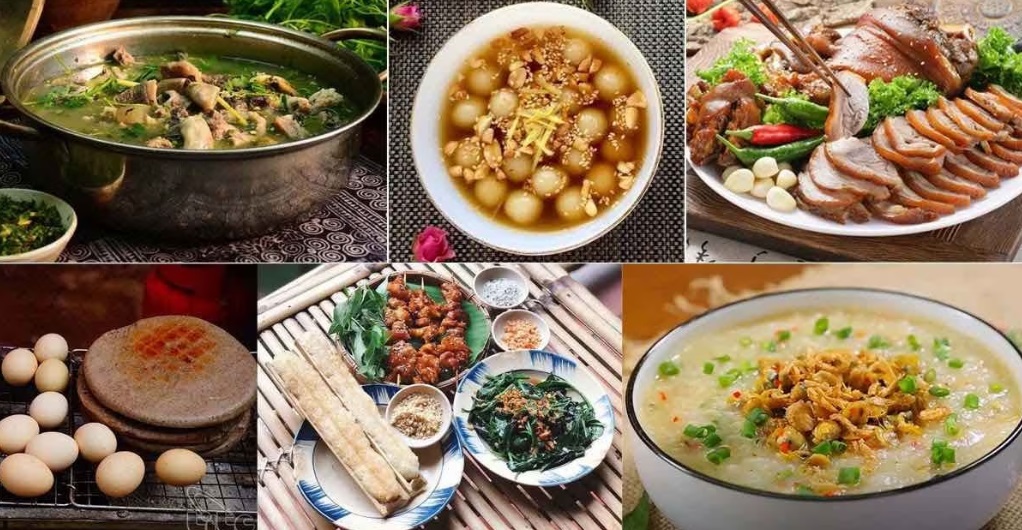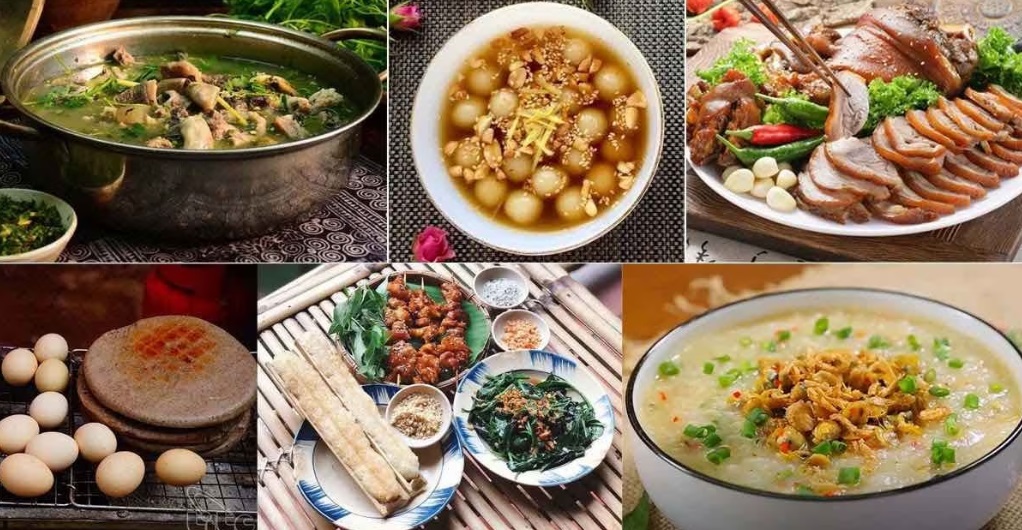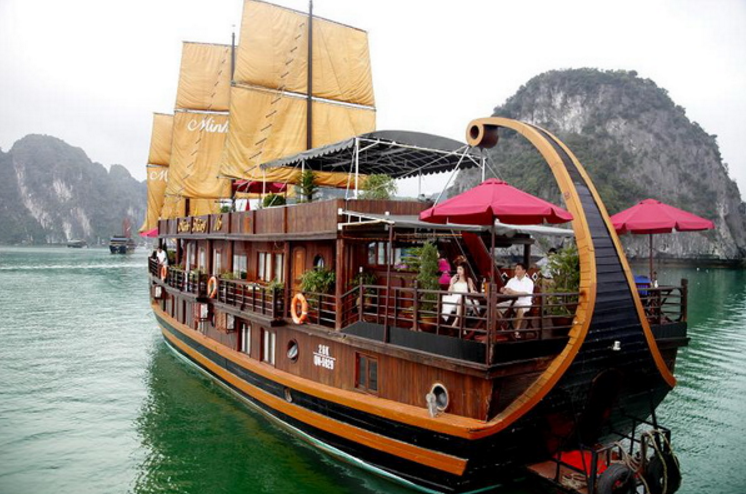Traveling to Ha Giang is an incredible adventure that offers stunning landscapes, unique cultural experiences and an unforgettable road trip through the northern mountains of Vietnam. While it is one of the most breathtaking destinations in the country, it remains relatively affordable compared to more touristy areas. Understanding the Ha Giang travel cost can help you plan your budget effectively, ensuring a smooth and enjoyable trip. Whether you’re taking on the Ha Giang Loop motorbike tour or exploring iconic landmarks like Lung Cu Flag Point, this guide will break down key expenses and provide money-saving tips for your journey.
Contents
Transportation costs: Getting to and around Ha Giang
The first expense to consider is transportation. Most travelers start their journey in Hanoi, where options for getting to Ha Giang include sleeper buses, private cars, or guided tours. A sleeper bus ticket from Hanoi to Ha Giang city typically costs between $12 and $18, depending on the bus company and level of comfort. If you prefer a private car, expect to pay around $150–$200 for a one-way trip.
Once in Ha Giang, the most popular way to explore is by motorbike. Renting a semi-automatic or manual bike for the Ha Giang Loop motorbike tour costs around $10–$20 per day, depending on the model and rental company. Fuel expenses for the entire loop average about $10–$15. For those who are not confident in riding, hiring an easy rider (a motorbike driver who takes you along the loop) costs approximately $50–$80 per day, which includes the bike rental and driver’s service.

Transportation costs for getting to and around Ha Giang
Accommodation expenses: Where to stay in Ha Giang
Ha Giang offers a variety of accommodation options, ranging from budget-friendly hostels to comfortable homestays and hotels. Dormitory beds in hostels cost as little as $5–$8 per night, while private rooms in guesthouses or homestays range from $12 to $25. Staying in a homestay is a great way to experience the local culture while keeping costs low, as many include home-cooked meals in the price. If you prefer a more luxurious experience, boutique hotels in towns like Dong Van or Meo Vac can cost between $30 and $60 per night.
Food and drink costs: Enjoying local cuisine on a budget
Food in Ha Giang is incredibly affordable, especially if you eat at local markets or small family-run eateries. A bowl of pho or a plate of rice with meat and vegetables costs around $1.50–$3. Traditional Ha Giang dishes, such as thắng cố (a stew made with horse meat) or grilled mountain pork, can be found at local markets for $2–$5 per meal. If you dine at restaurants catering to tourists, expect to pay slightly more, around $5–$8 per meal. Drinks like Vietnamese coffee or fresh fruit juices cost about $1, while a bottle of local corn wine, a Ha Giang specialty, can be purchased for $2–$5.

Enjoy Ha Giang’s local cuisine on a budget with affordable costs
Entrance fees and activity costs: Exploring Ha Giang’s top attractions
Most of Ha Giang’s natural beauty is free to explore, but there are some small entrance fees for certain landmarks. Visiting Lung Cu Flag Point, the northernmost point of Vietnam, costs around $1.50 and the view from the top is worth every cent. Other attractions, such as the Vuong Family Mansion or the Dong Van Karst Plateau, may have entrance fees ranging from $1 to $3. If you choose to take a boat ride along the Nho Que River, expect to pay about $10 per person.
For guided tours, prices vary depending on the level of service. A three-day, all-inclusive Ha Giang Loop motorbike tour with a guide and accommodation typically costs between $150 and $250. If you prefer to explore independently, you can complete the loop for about $80–$100, including fuel, food and accommodation.
Budget tips for an affordable Ha Giang trip
To keep your expenses low, consider traveling with a group to share costs on accommodation and transportation. Booking motorbike rentals and homestays in advance can also help secure better prices, especially during peak seasons like autumn and spring. Eating at local markets instead of tourist restaurants is another way to save money while enjoying authentic Vietnamese flavors. Lastly, bringing cash is essential, as ATMs are scarce in remote areas and many small businesses do not accept credit cards.

Smart budget tips for an affordable Ha Giang adventure
A trip to Ha Giang is one of the most rewarding travel experiences in Vietnam and it doesn’t have to be expensive. With proper budgeting and a few smart travel choices, you can enjoy everything this spectacular region has to offer without overspending. Whether you’re riding through winding mountain roads or standing at the top of Lung Cu Flag Point, every dollar spent in Ha Giang is an investment in unforgettable memories.



